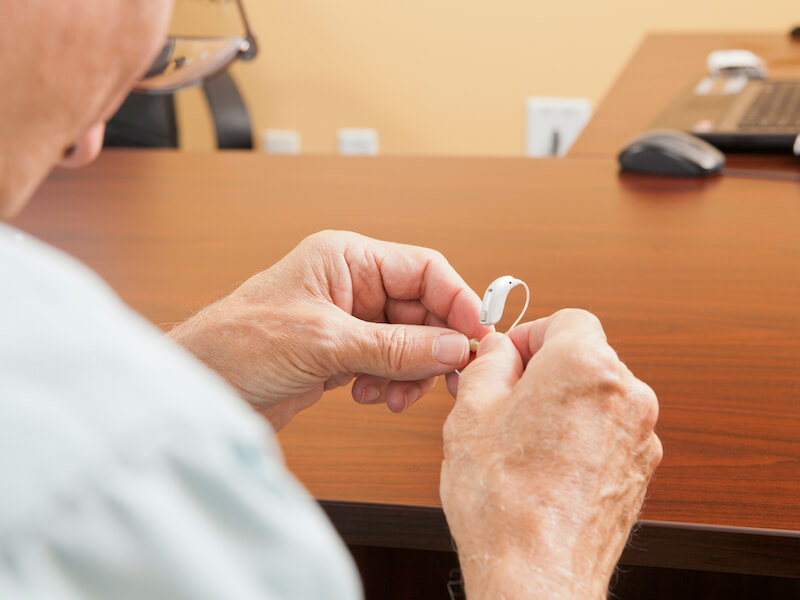
You take good care of your hearing aids. Cleaning them daily, you make sure they’re safe and snug on their charger when you go to sleep.
Suddenly and distressingly, your hearing aids aren’t working the way they used to. There are a few things you can do to diagnose the issue, luckily. Not doing any additional damage is your top priority so you won’t need to replace them.
Troubleshooting your hearing aid
You saved the owner’s manual that came with your shiny new hearing aids, right? Hopefully, you did so that you can consult with your owner’s manual to perform maintenance and troubleshooting. Using your owner’s manual is crucial because every model of hearing aid is different.
On most models there are some other things you can check, here are a few:
- Keep your microphone clear: Check your hearing aid to see if anything is blocking the microphone. Your hearing aid may feedback or simply fail to work if the microphone is obstructed.
- Check your battery: You’ll still want to check the battery power even if you had your hearing aids charging at night. It might be a good plan to check if you might need new batteries or if the old ones are correctly inserted, especially if your batteries are replaceable.
- Check for visible damage: Does your hearing aid have any noticeable loose components or cracks around its shell? If you find cracks, it could mean that moisture is getting in and there might be more significant damage.
- Wax accumulation: Perform a visual check of your hearing aid to ensure that there’s no wax buildup interfering with standard functionality. Even if you carry out regular cleaning, sometimes wax can build up quickly, so it’s worth ticking this off your list.
Again, check with your owner’s manual on how you might address each of these issues. In some cases, you may be able to perform maintenance yourself.
How will I know when my hearing aid needs repair?
Your hearing aid will probably need to be repaired professionally if you do routine maintenance and it still malfunctions. You need your hearing aids for almost every facet of your life so this may not sound really appealing.
It’s certainly worth noting that “repair” doesn’t always mean “send your hearing aids in for service and wait several weeks”. Sometimes, we can fix it in office and you can take it with you when you leave.
Or, depending on the extent of the damage, you could have your hearing aids back in a few hours.
There are still some cases where such quick repair isn’t possible. A backup set of hearing aids may be necessary in these situations. Maybe you have an old pair that will do temporarily in a pinch. We may even be able to let you borrow a pair while you are waiting.
Don’t wait to get help with your hearing aids
It’s crucial to have your hearing aid assessed and repaired if you start to notice the audio quality is beginning to fail.
You’ll want to prevent any downtime. Untreated hearing loss can affect your overall health, including your mental health. And it becomes all too easy to leave your hearing aids sitting in a drawer somewhere while your hearing continues to diminish.
The best way to keep your hearing healthy is to keep those hearing aids working. Keeping them charged, clean, and when necessary, professionally repaired is the best way to do that.

